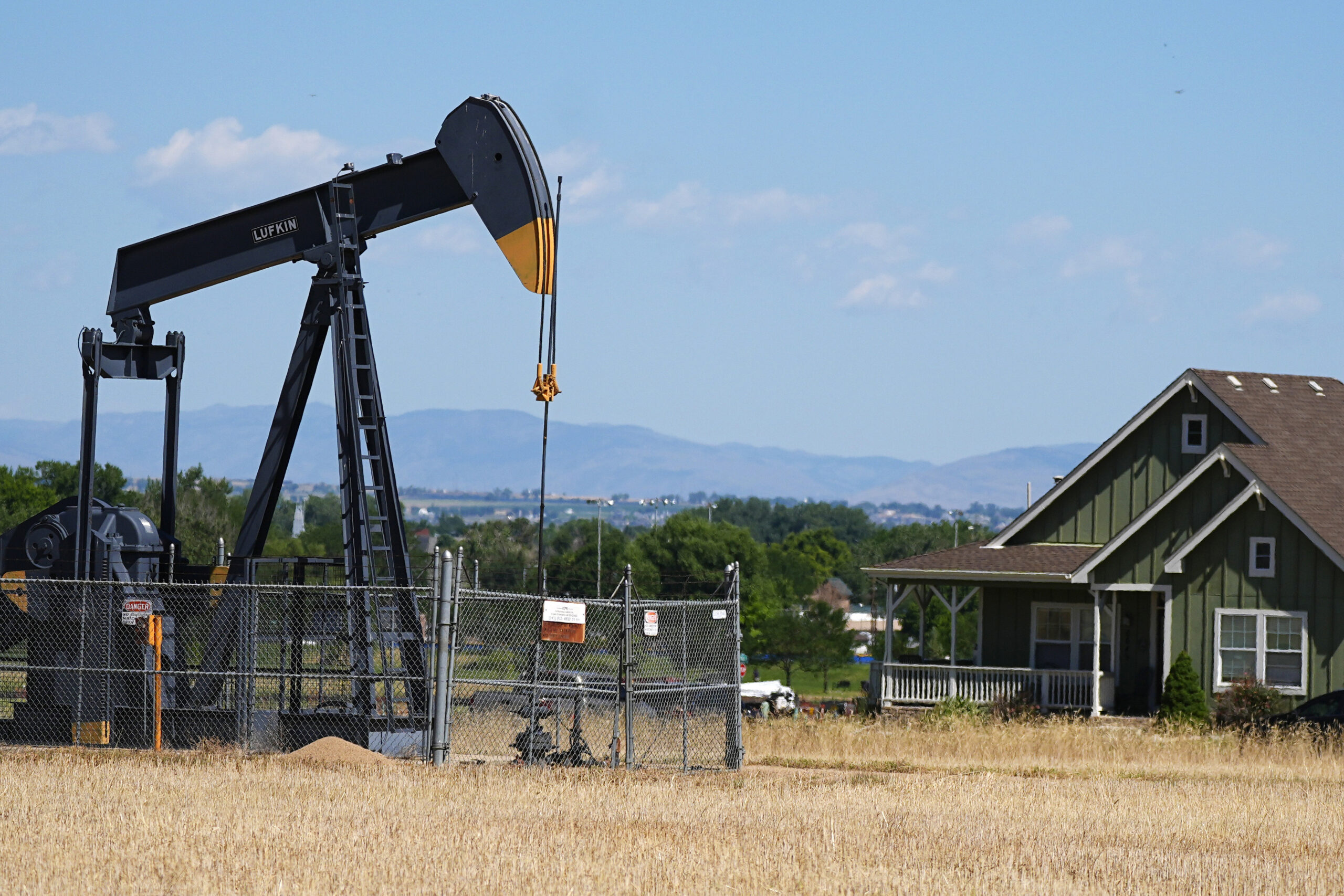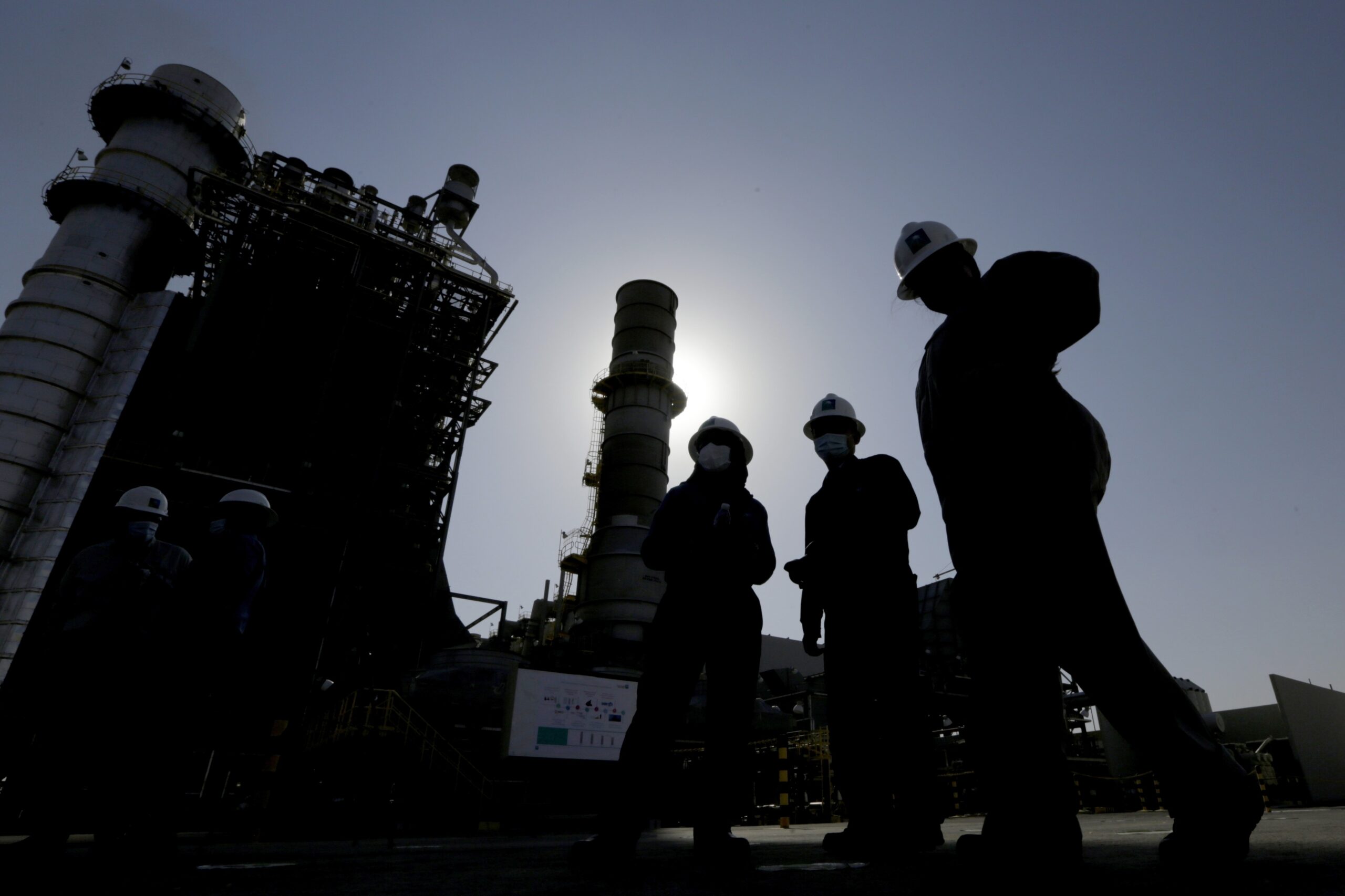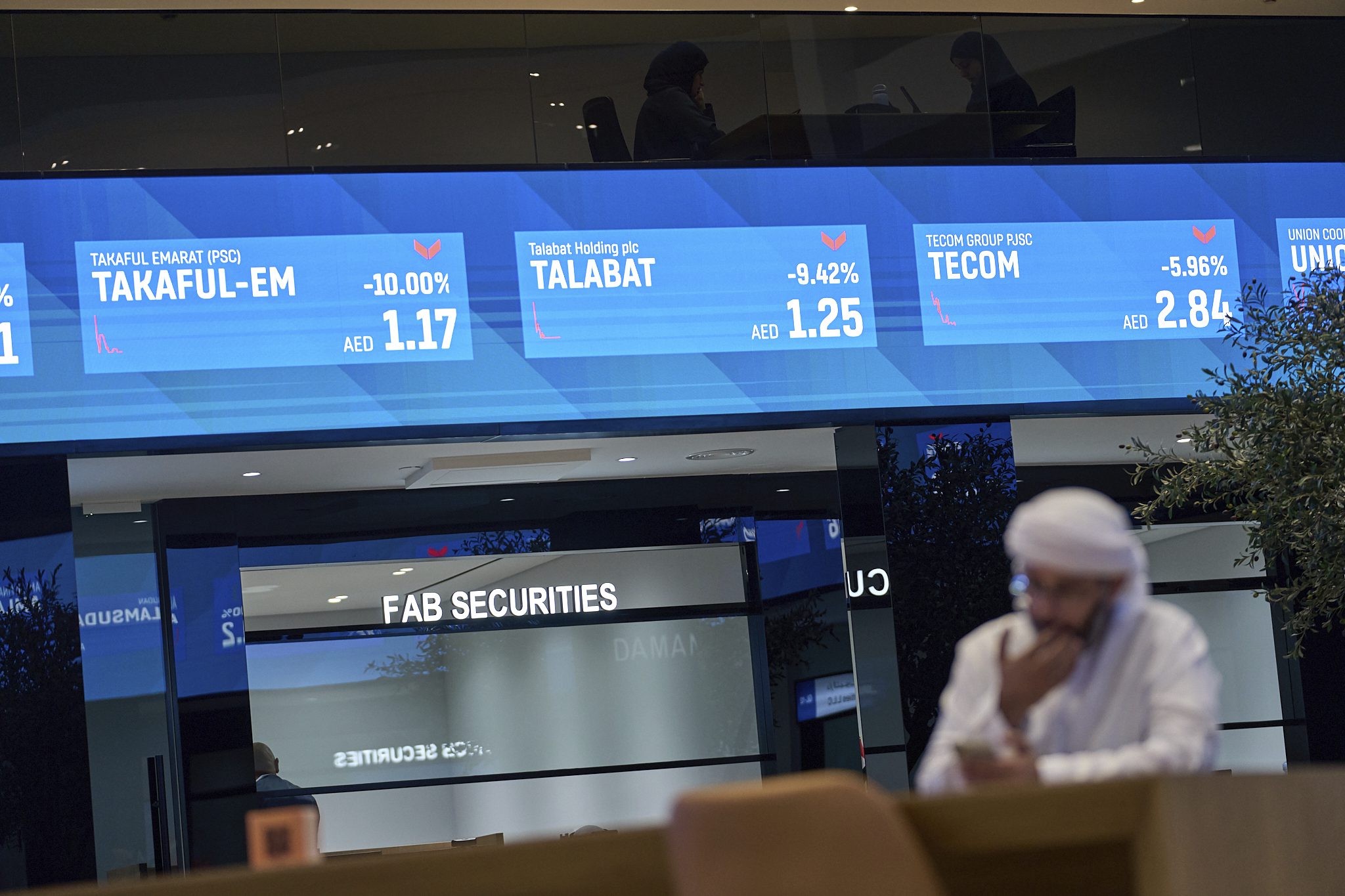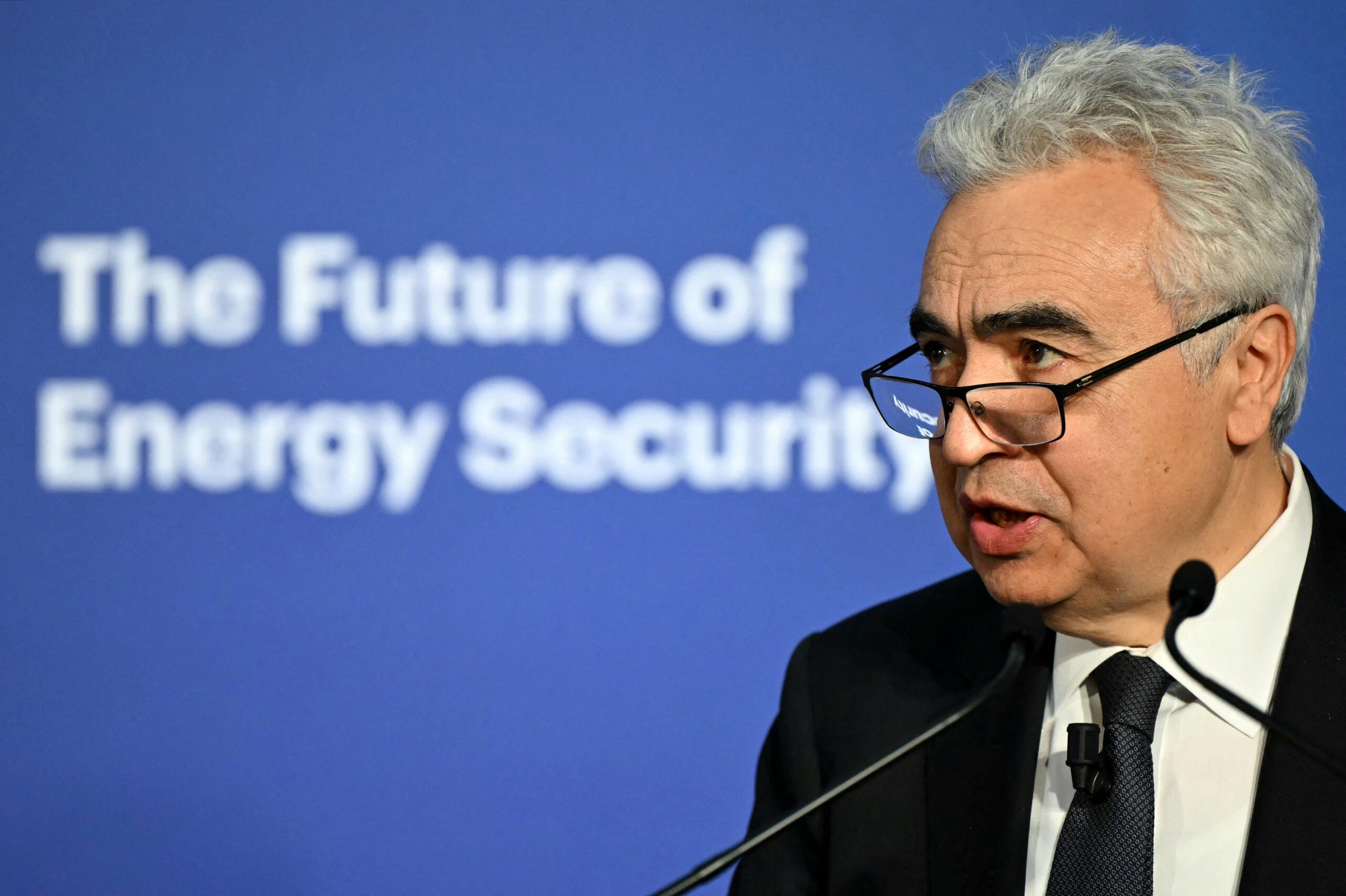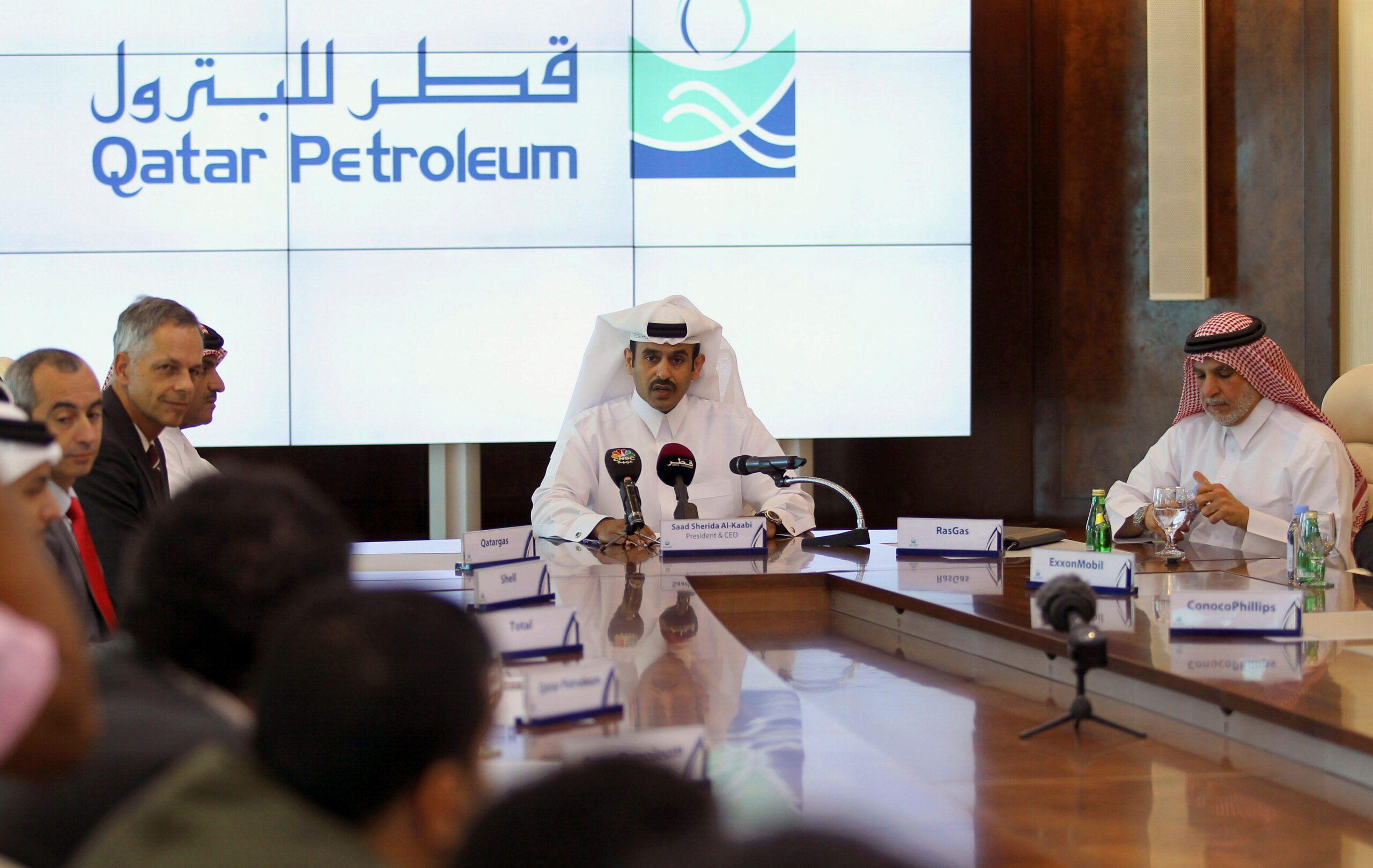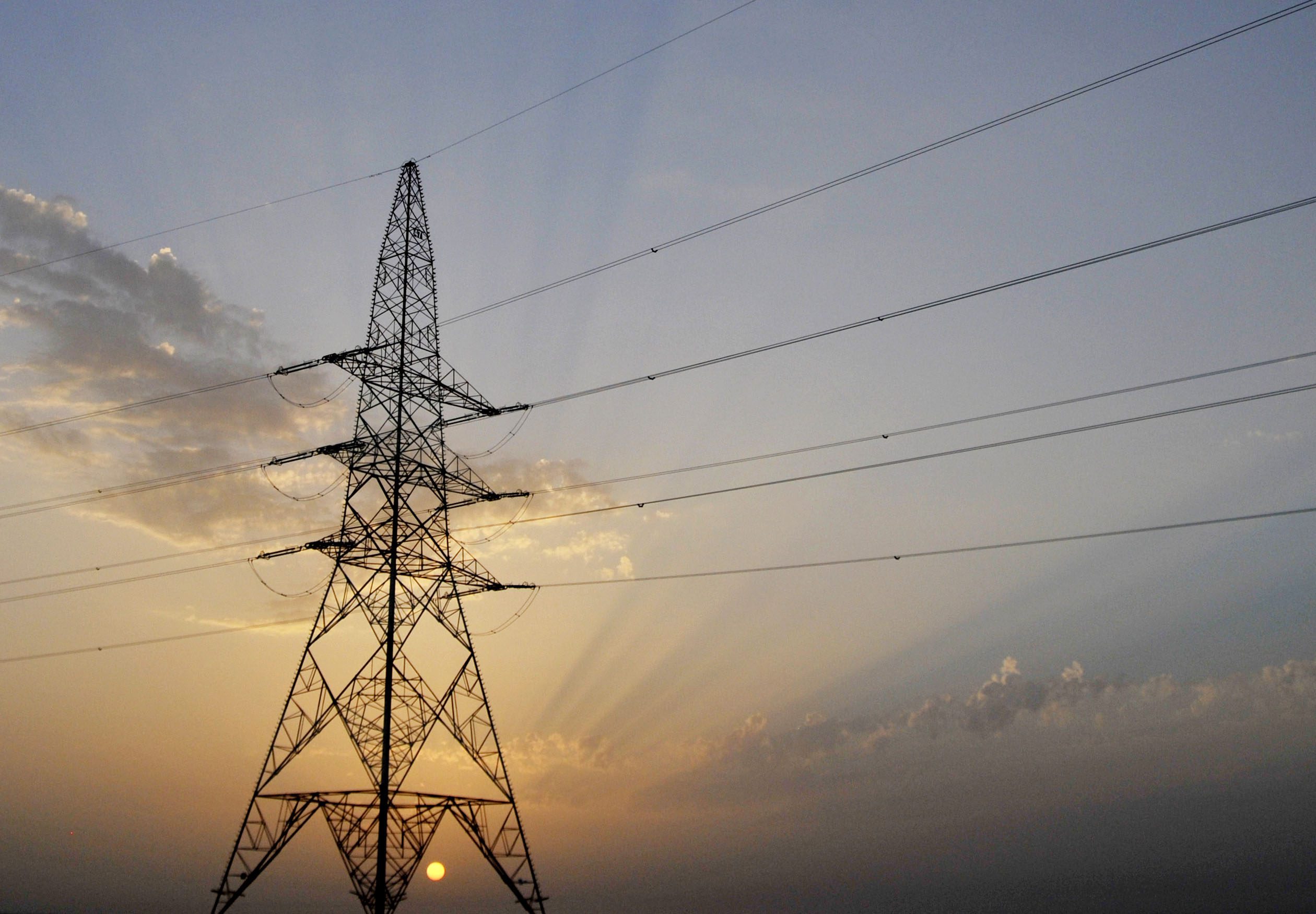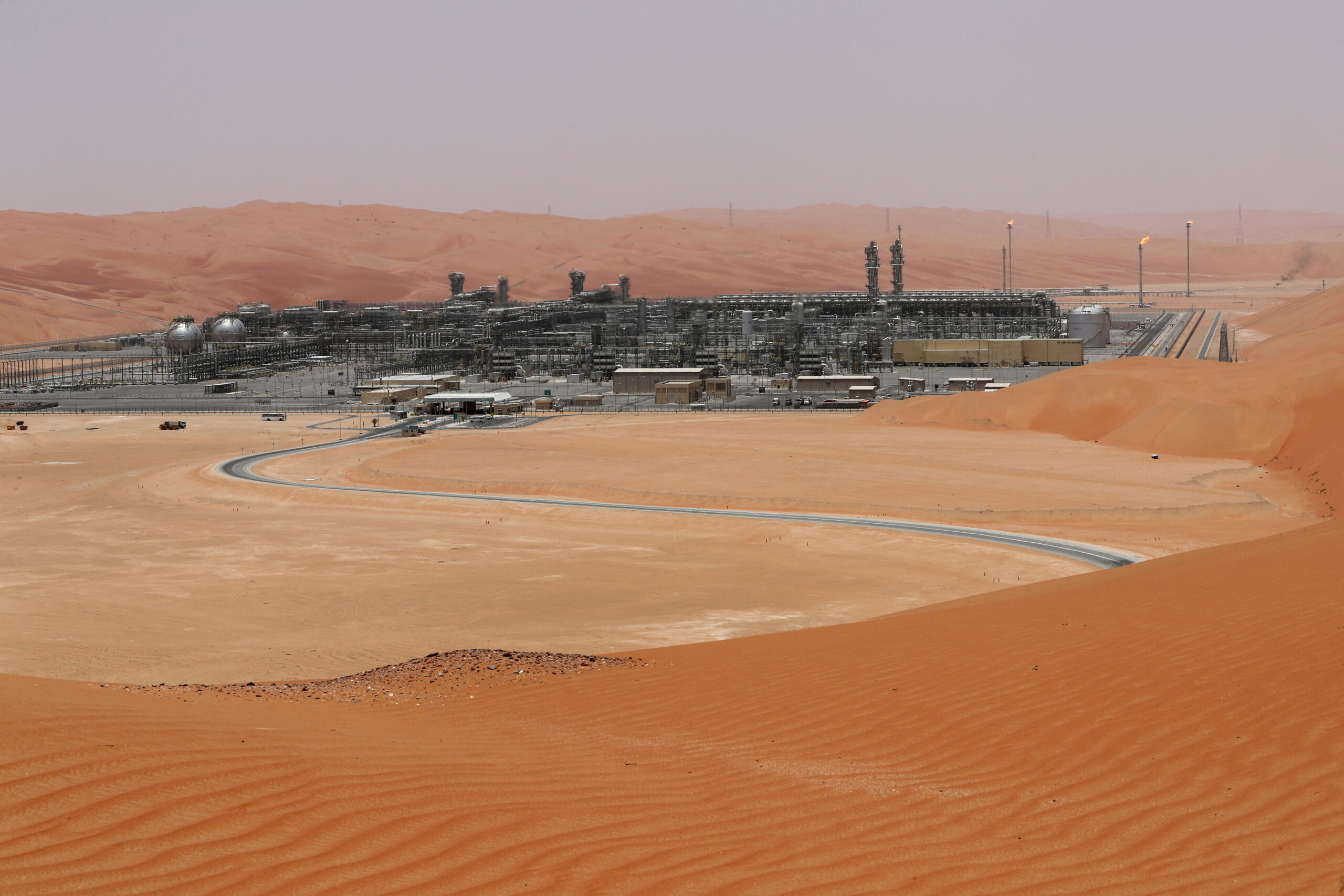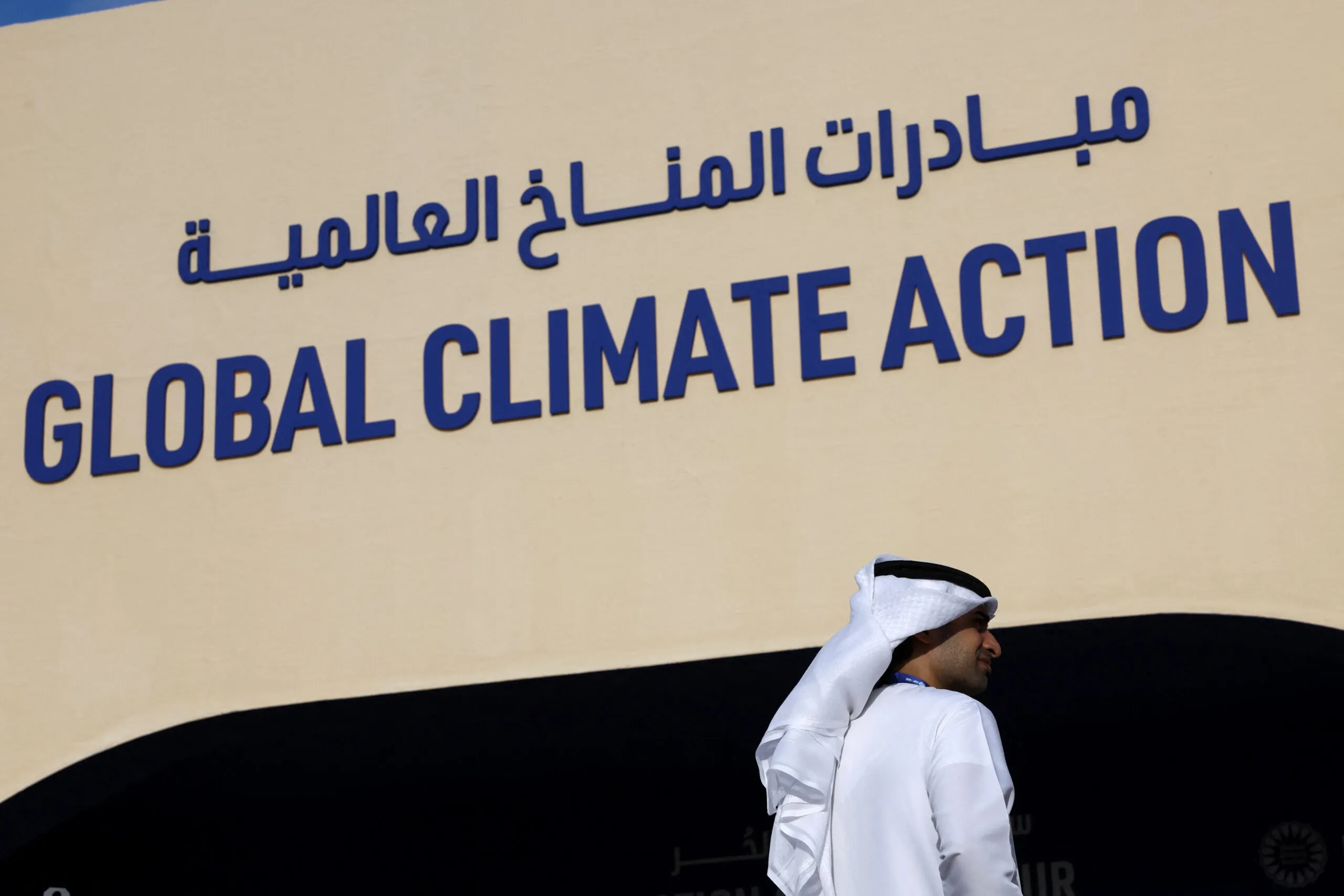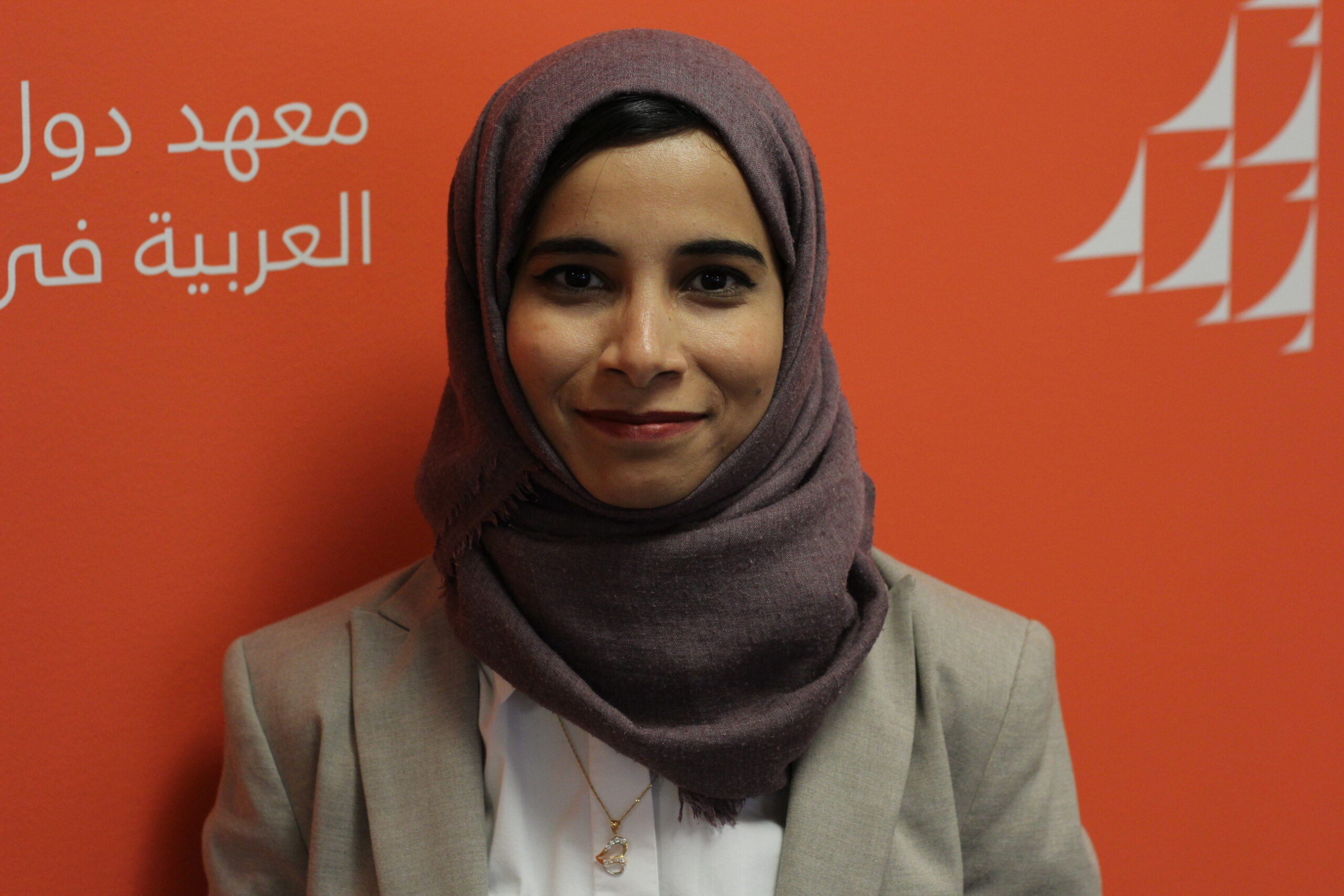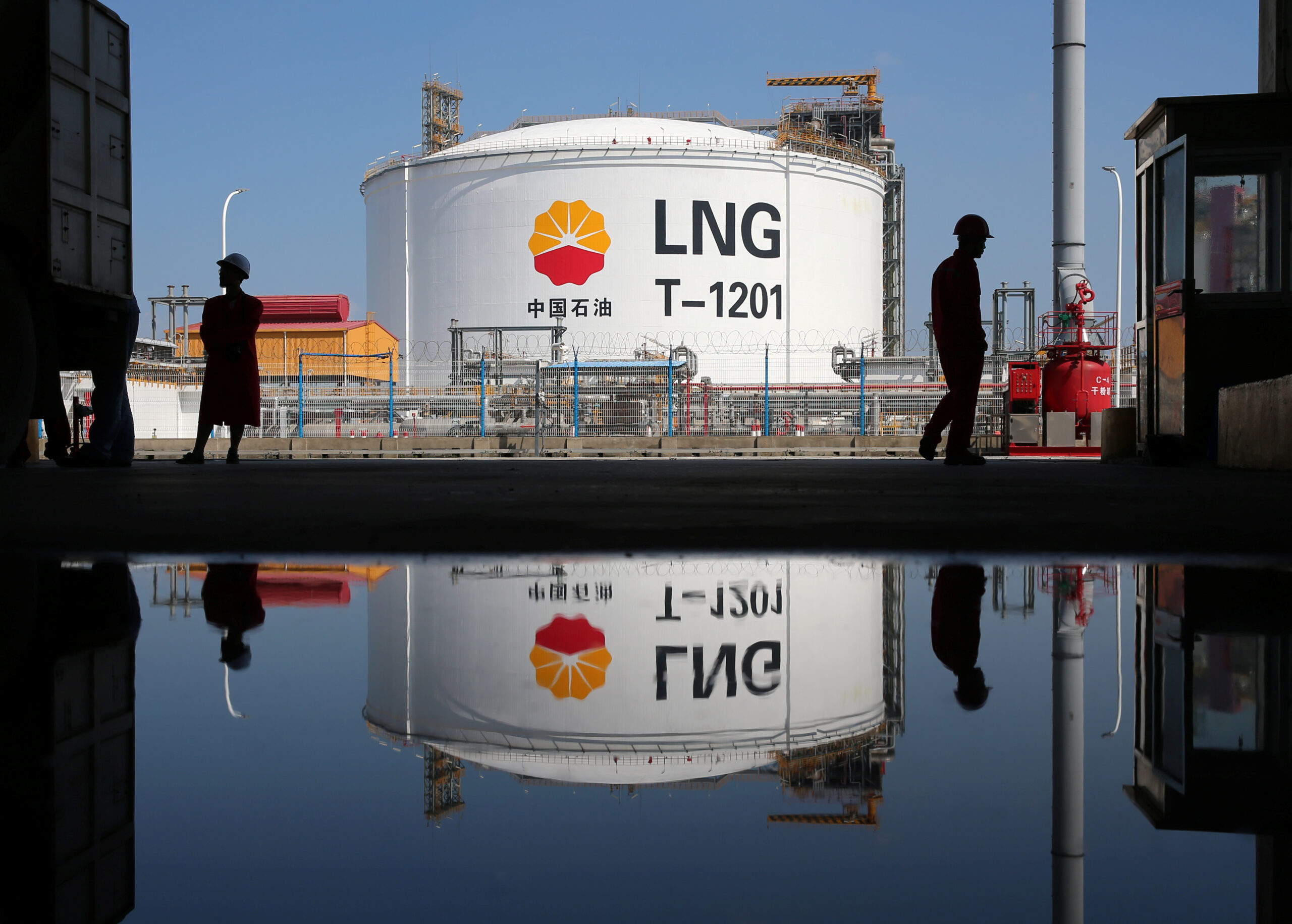OPEC Doubles Down on Oil in Long-Term Outlook
OPEC sees hydrocarbons – particularly oil – anchoring the global energy mix well into 2050.
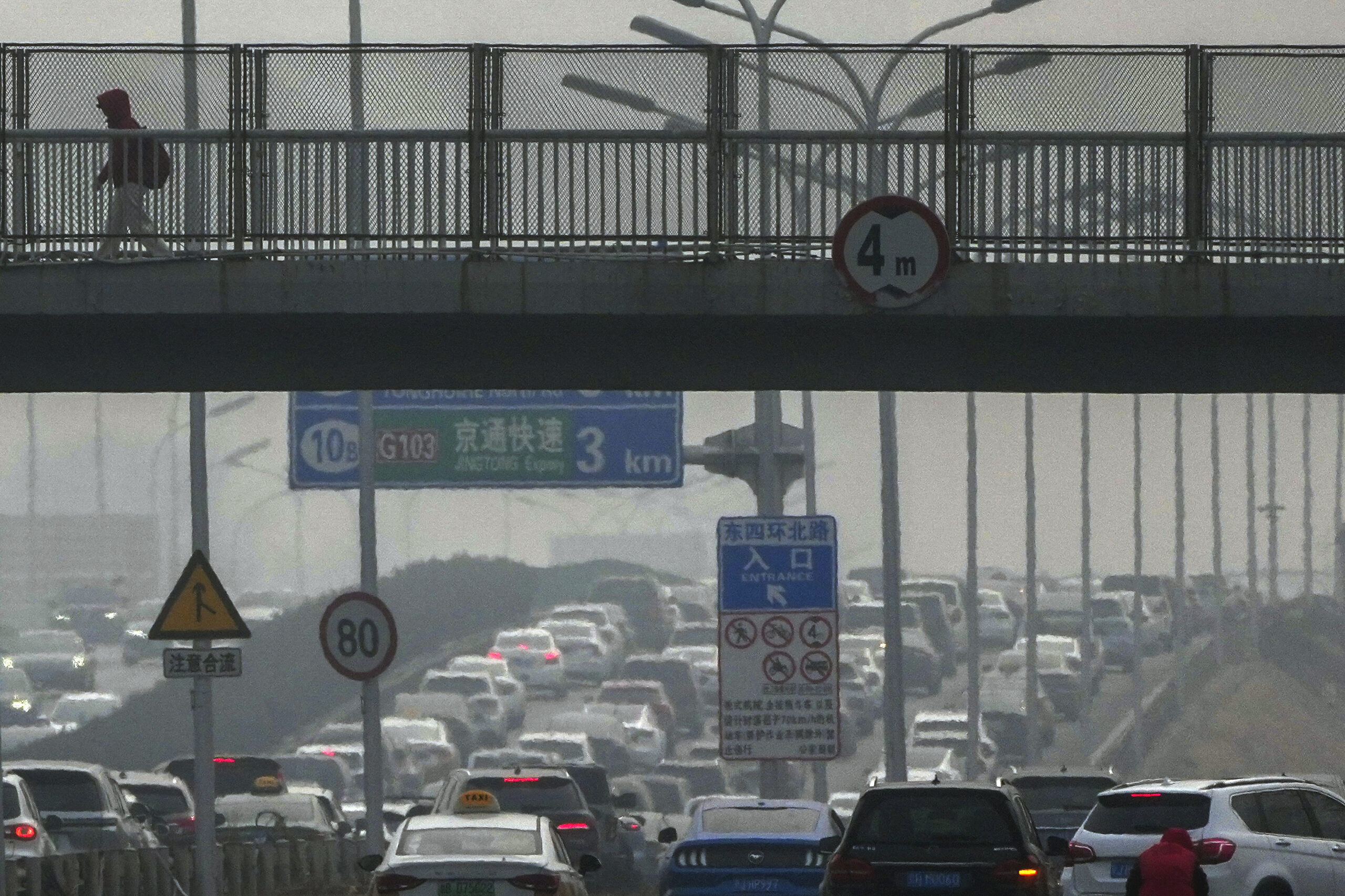
Road transportation will drive global demand for energy and keep oil as the single largest part of the energy mix until at least mid-century, OPEC projected in its “World Oil Outlook 2050.” This led the group to revise up its demand outlook by 3 million barrels per day compared with the previous year’s outlook.
In explaining the reason for the upward revision, OPEC referred to what it called a series of policy reversals in advanced economies that are slowing the transition away from oil and gas. Energy majors Shell and BP are among international energy companies that have trimmed investment in alternative energy sources in favor of their revenue-generating legacy business of oil and gas production.
OPEC launched its long-term outlook in Vienna during the 9th OPEC International Seminar, attended by ministers, CEOs of energy companies, and top industry executives representing the whole spectrum of the energy business. But the focus of the two-day seminar was on the role of hydrocarbons and their dominant place in the energy mix.
Prince Abdulaziz bin Salman, energy minister of OPEC kingpin Saudi Arabia, said on the first day of seminar that “with a global population expected to reach maybe 10 billion and energy demand rising by up to 50% by 2050, the world will need a whole portfolio of energy sources. While coal, ironically, renewable, nuclear, and hydrogen are expanding, it goes without saying that oil and gas will continue to play a key role, particularly in transportation and heavy industries.” He added that it was “encouraging to see that many countries are now taking a more pragmatic view of the transition, reassessing timelines, adjusting policies and reaffirming the role of hydrocarbons in supporting energy security, affordability, and competitiveness.”
In the foreword to the report, OPEC Secretary General Haitham Al Ghais noted that “the combined percentage of oil, gas and coal in the energy mix was around 80% in 2024, only a little less than when OPEC was founded in 1960, despite energy consumption increasing more than five-fold over that time.” In subsequent remarks during the seminar, he reinforced the group’s view that the scale of future energy demand means that all forms of energy will be needed. “What all this underscores is the need for major investments in all energies and technologies,” Ghais wrote in the foreword.
OPEC’s base case scenario sees oil demand rising from 103.7 mb/d in 2024 to 122.9 mb/d in 2050, with annual demand growth averaging nearly 750,000 b/d over the period. This 2050 figure is up from 120.1 mb/d in the 2024 report and reflects the higher estimate of the contribution to overall demand growth by the transportation sector. The outlook revised growth in the transportation sector to 5.3 mb/d, up from 4.6 mb/d in the 2024 outlook. The petrochemical sector is the second driver of demand growth, estimated by OPEC at 4.7 mb/d.
Meeting this growth in oil demand will require a total investment by the industry of $18.2 trillion to 2050, OPEC estimated.
This projection for oil demand contrasts with the International Energy Agency’s medium-term outlook, which expects demand to peak before the end of the decade. In its “Oil 2025” report issued in June, the IEA projected peak demand at 105.6 mb/d by 2029, just 1.9 million short of where it sees total oil demand in 2025. OPEC, in contrast, maintained that there is “no peak oil demand on the horizon.” The IEA too noted the impact of energy policy changes, especially in the United States, but it expects that these will be offset by slower growth in China.
OPEC projected energy demand will increase by 23% from 308 million barrels of oil equivalent in 2024 to 378 million barrels of oil equivalent in 2050. Even with renewables capturing nearly 60% of this growth, oil demand still increases by 19.2 mb/d. The key drivers of this surge in energy demand are rapid population growth and economic development in emerging economies.
While the IEA sees rapid growth in electric vehicles driving down demand for gasoline, the OPEC outlook sees sustained oil demand growth from the expansion of the global vehicle fleet, particularly in developing countries. It expects the number of cars in these countries to increase by more than 800 million between 2024 and 2050. “Although a portion of these cars will be electric, the majority are expected to use gasoline and diesel,” OPEC noted. It added that “much larger support to future road transportation oil demand is expected to come from the rising number of commercial vehicles.” Unlike passenger vehicles, there are limited alternatives in this sector to the internal combustion engine.
One reason for the wide gap between the IEA and OPEC in their respective demand projections, both near and long term, is the speed of the energy transition and electrification of key sectors of the global economy. The two organizations were closely aligned in their calculations of future demand but have diverged widely in recent years over demand growth in China, with OPEC persistently more bullish in its views.
Saudi Aramco CEO Amin Nasser said in his remarks at the OPEC seminar that most of the growth in demand for oil will come from developing countries, and “that’s why it will continue over the long term.” Per capita consumption in the region is just 2 barrels per year compared with 9 barrels in Europe and 22 barrels in the United States. He noted that solar, wind, and other alternative energies account for just 5% of primary energy demand.
The resounding message from OPEC is clear: Oil is not going away any time soon. Despite the rise of renewables and policy shifts in some parts of the world, the organization sees hydrocarbons – particularly oil – anchoring the global energy mix well into 2050.
The views represented herein are the author's or speaker's own and do not necessarily reflect the views of AGSI, its staff, or its board of directors.


